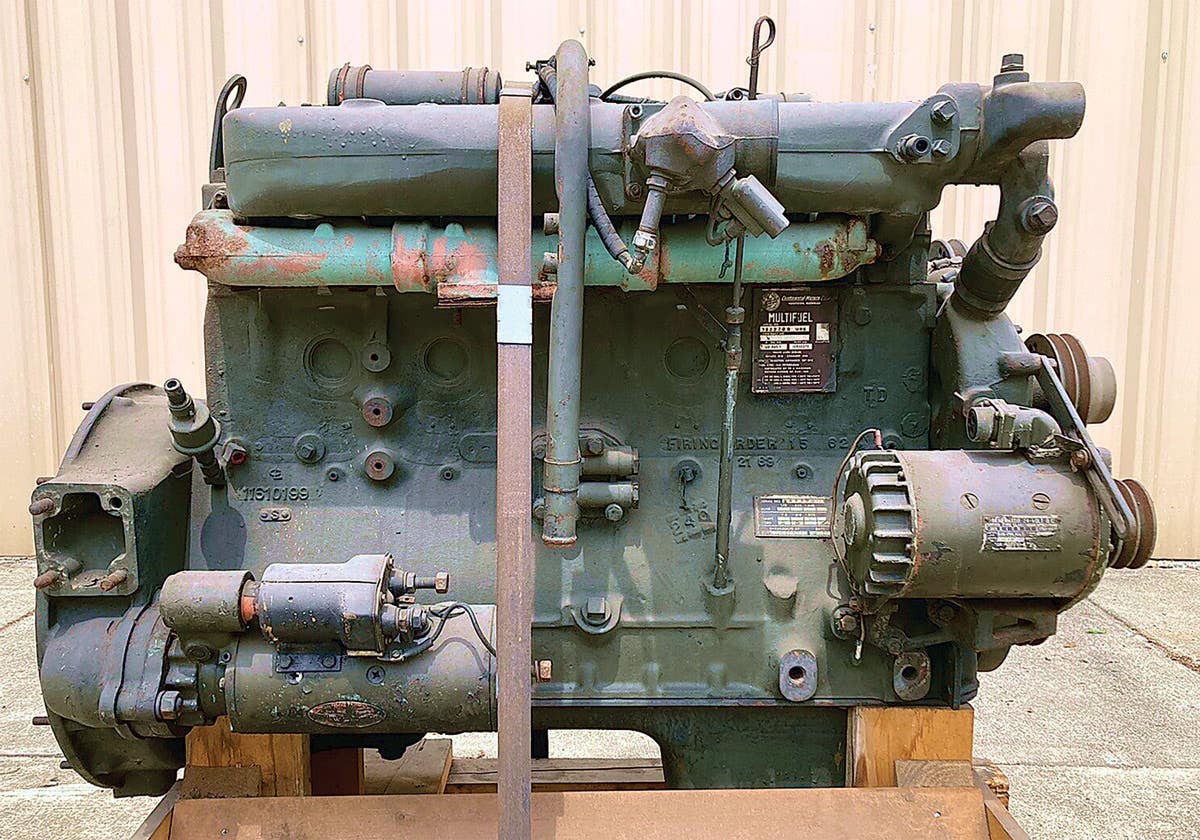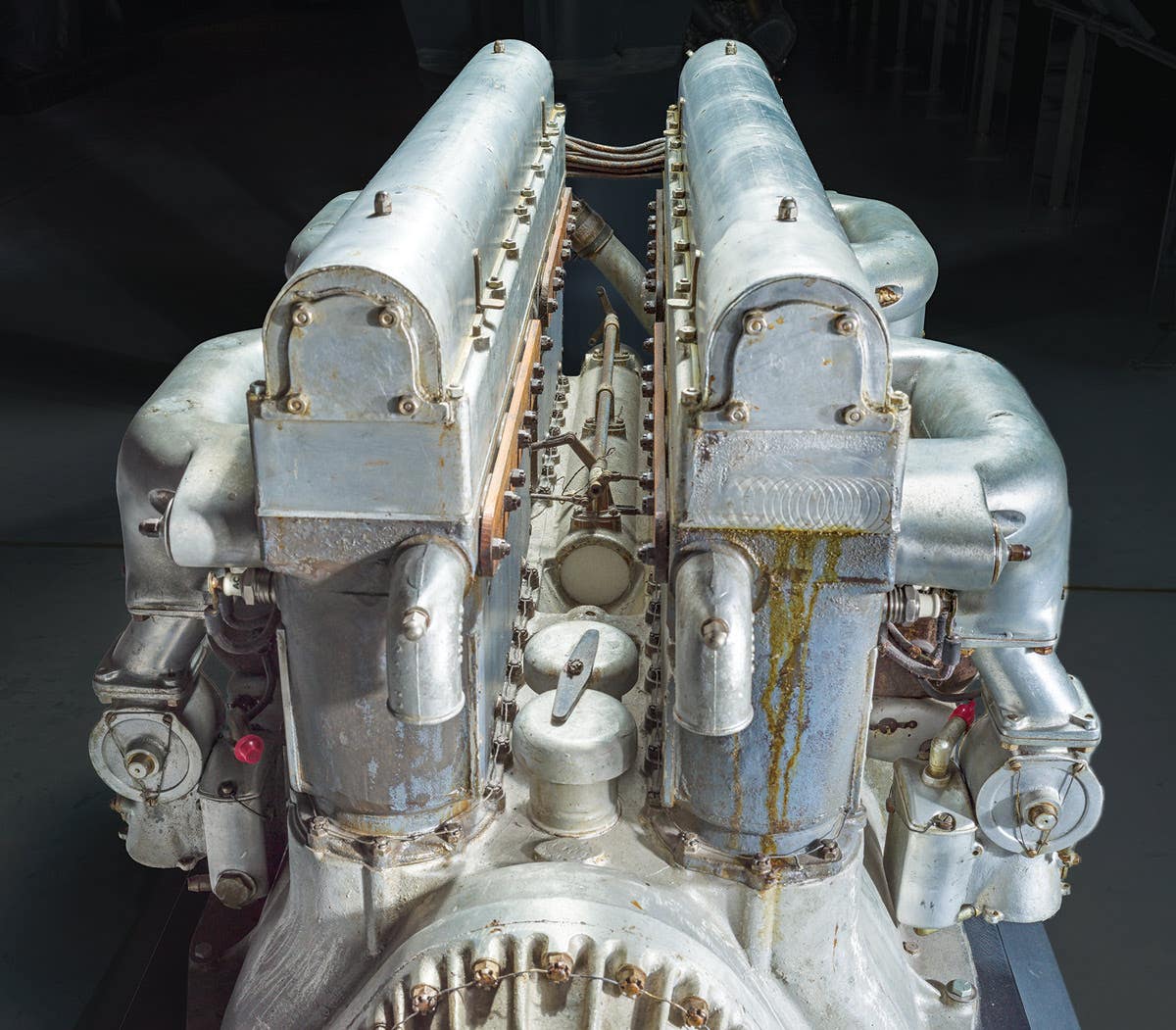Save your film! (and here’s how)
Pictures are a great way to capture history, and photo negatives can be preserved using some simple tips.
Proper labeling with date, place and subject is
just one way of keeping film documentation
intact for future generations.
by Charles Machon
Photography is a great way to record history. Unfortunately preserving photographic negatives can be a challenge. The various chemical processes that create them in the long term can also destroy them. Some of the early negative films can become quite dangerous as they deteriorate if not stored properly. Other more modern negatives can deteriorate at an amazing rate if proper preservation practices are not used.
Just creating a photograph and negative is hazardous. The chemicals can be unstable due to the photographer taking shortcuts or being in a hurry. During the development process photographs and negatives need to be properly washed and “fixed.”
The can for this 6 mm film is metal and has rust spots.
Deterioration like this can be corrected by using
a plastic film reel container.
“Fixed” refers to the process in which a photograph is put in a chemical bath to stop the development process. If this is not done correctly or in a timely manner, the photograph will darken until it is ruined. The chemicals need to be changed fairly often to keep them fresh.
In the United States, the American National Standards Institute lists the proper standards for photography and negative development process. The Institute notes how to properly care and make certain that they last a long long time.
SOME NEGATIVES ARE EXPLOSIVE
Cellulose nitrate and cellulose acetate films and modern color matters can degrade over time. Cellulose nitrate is notorious for its deterioration process. In a sense, it turns into nitro cellulose, which is a high explosive. Cellulose nitrate films readily ignite, burn and produce poisonous gases. If stored in a leaky basement or other moisture prone area, the fumes and water produce highly corrosive nitric acid. Nitric acid eats into the negative film, causing the binder to become soft and sticky. The silver image then fades, and the cellulose nitrate base becomes brittle.
If cellulose nitrate or acetate films are part of your collection, these negatives need to be periodically inspected for signs of deterioration. Cellulose nitrate negatives or films should never be stored in an attic, shed, or other area prone to high heat from either summer temperatures or heating systems.
Cellulose acetate films and negatives can deteriorate over time through shrinking and separation of the different layers on the film or negative. Exposure to extremes of temperature or humidity only speeds up this process. Always store them inside in a constant temperature and humidity area. Surprisingly, the colder the temperature, the better. Optimum storage can be found in a refrigerator at approximately 32 degrees and about 35 percent humidity.
Slide from the 1970’s. Note how it has
turned a reddish hue over the years.
The best way to repair it is to scan into
a photographic program and
electronically correct colors to make
a new slide.
COLOR NEGATIVES AND SLIDES
Over time, color negatives and slides separate, fade, and lose their clarity, but collectors can use a scanner to digitize photographs or negatives to produce a new print. Programs like Adobe Photoshop can be used to remix colors, digitally repair damaged images on negatives, and perform a host of other repairs. When finished with the original negative or print, the digitized images can be saved to a computer or disc for future use. Store the negative properly in an acid-free box and use the new print to show or exhibit.







